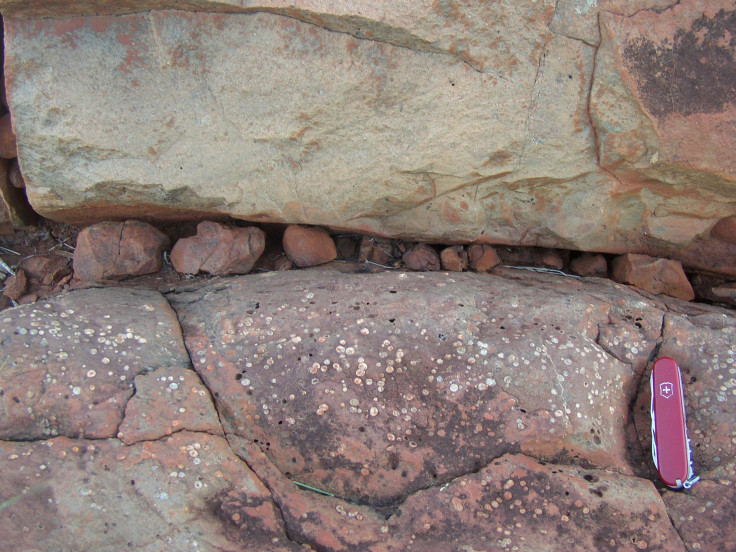Western Australia's Pilbara region suggests greenhouse gases trapped in earth’s thin atmosphere made the planet worth living

Scientists found ancient air bubbles trapped in 2.7 billion-year-old lava flows along the Beasley River in Western Australia's Pilbara region. This discovery has revealed that during that time, earth’s atmosphere was far thinner and weighed less than half of what it is today. The researchers analysed the trapped air bubbles and used the data to calculate the atmospheric pressure at that time.
“For the longest time, people have been thinking the atmospheric pressure might have been higher back then, because the sun was fainter. Our result is the opposite of what we were expecting,” lead author Sanjay Som said in a University of Washington article.
RELATED: First life on earth study: Ontario’s comet impact crater holds incredible clues
The lava flows were found by Australian researcher Tim Blake and he said that the lava flows had distinctive features such as cracked, glassy rinds. The features suggested that molten rock once flowed over a beach.
The study, published in Nature Geoscience, goes opposite the general belief and commonly-accepted idea that our planet had a much thicker atmosphere that insulated the earth as the sun was not that strong during that time. Sunlight was one-fifth weaker than now. The study has forced scientists to rethink how earth managed to stay almost ice-free despite the sun being much cooler.
University of Washington astrobiologist professor David Catling said that as the sun was 20 percent less luminous 2.7 billion years ago, the Earth would have been covered in ice if it had similar atmospheric conditions prevailing now. Astonishingly, similar conditions like today prevailed even then.
RELATED: Life on Earth mystery: Sweet sugar may have started life on Earth, scientists believe
“The first thing is the air must have had a lot of proportions of greenhouse gases like carbon dioxide or methane, so even though the air is thin if you stuff it full enough of greenhouse gases it can still warm the Earth,” Catling said.
This allowed liquid water to flow and there were rainfall and rivers just like today. Polar ice caps may have been present. However, it was definitely not cold enough to cover earth in ice. The new study even points to conditions very “otherworldly” as a thinner atmosphere would affect climate patterns and wind strength. It would have also altered boiling points of liquids.
“We’re still coming to grips with the magnitude of this. It’s going to take us a while to digest all the possible consequences,” said co-author Roger Buick.





















